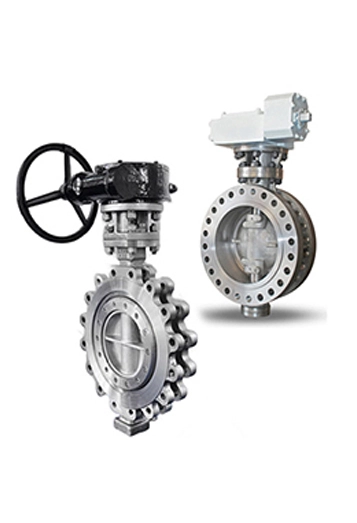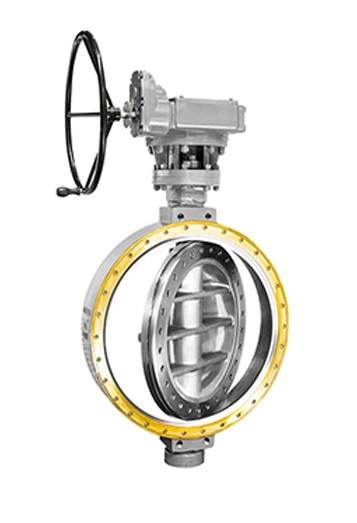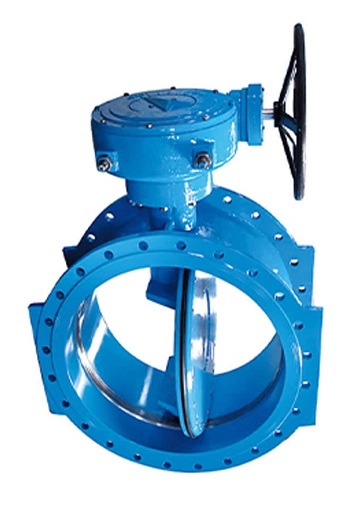KFTE is a trusted butterfly valve supplier. KFTE butterfly valves have earned certifications such as API 609, API 607, CE and ISO 15848-1 ensuring top-notch quality and safety. As a leading valve supplier, KFTE butterfly valves meet different working temperatures, pressure, and demand by manufacturing various types for different industries. Our butterfly valves product range covers sizes from DN40 to DN3000. It includes wafer, flange and lug type connection, the nominal pressure ranging from PN10 to PN40. Moreover, KFTE butterfly valves have a design to operate in temperatures ranging from -30℃ to 500℃. Hence, it makes them suitable for a wide range of applications. The valves find utility in HVAC systems, fire control, and water conservancy projects. It is also present in water supply and drainage, electric power, and petroleum.




1. Key Components
Body:
Types: Wafer, lug, flanged, or double-flanged.
Materials: Cast iron, stainless steel (SS304/316), carbon steel (WCB), PVC, or ductile iron.
Disc (Butterfly):
A circular plate mounted on a rotating shaft (stem).
Design Variations:
Concentric (Centric): Disc rotates around the pipe’s centerline (simple, low-cost).
Eccentric: Offset stem for better sealing (high-performance, triple/double offset designs).
Stem:
Connects the disc to the actuator.
Materials: Stainless steel, alloy steel, or carbon steel.
Sealed with bushings/packings to prevent leakage.
Seat:
Creates a seal between the disc and body when closed.
Soft Seats: EPDM, Viton, PTFE (for tight sealing in low-pressure/temperature).
Metal Seats: Stainless steel, alloys (for high-temperature/pressure).
2. Working Principle
Open Position: Disc rotates 90° (parallel to flow), offering minimal flow resistance.
Closed Position: Disc rotates 90° (perpendicular to flow), blocking fluid.
Throttling: Partial rotation adjusts flow rate between 0° (closed) and 90° (open).
3. Design Variations
Concentric Butterfly Valve:
Simplest design with a centered disc.
Use: Low-pressure water, HVAC, and non-critical applications.
Eccentric Butterfly Valve:
Double Offset: Stem behind the disc centerline and offset from the seat. Reduces wear.
Triple Offset: Adds a conical seat profile for zero leakage (fire-safe, high-pressure oil/gas).
Use: Refineries, chemical plants, steam systems.
High-Performance Butterfly Valve (HPBV):
Eccentric design with metal seats for pressures up to ANSI Class 600.
Butterfly valves are versatile flow control devices widely used in industries due to their compact design, efficiency, and adaptability.
1. Flow Dynamics and Pressure Drop
Low Flow Resistance: In the fully open position (90° rotation), the disc aligns parallel to the flow, minimizing turbulence and pressure drop. This design ensures energy efficiency, particularly in large-diameter pipelines.
Vortex Reduction: Studies show that adding a gradually diverging-converging structure near the valve outlet reduces downstream vortices, stabilizing flow and lowering driving torque by up to 40%.
Throttling Capability: While primarily designed for on/off service, butterfly valves can modulate flow in partially open positions. However, excessive throttling may cause turbulence and seat wear.
2. Torque and Actuation Efficiency
Driving Torque Optimization: The torque required to open/close the valve peaks at the start and end points. Scotch yoke pneumatic actuators are tailored for butterfly valves, delivering maximum torque precisely when needed, ensuring smooth operation and reducing energy consumption by 20–40% compared to rack-and-pinion actuators.
Non-Slam Closure: Spring-assisted or eccentric designs (e.g., triple-offset valves) enable rapid, controlled closure, mitigating water hammer and pipe vibration.
3. Compactness and Installation Flexibility
Wafer/Lug Design: The wafer-style butterfly valve fits between flanges without additional bolting, saving space and weight (up to 80% lighter than gate valves).
Bidirectional Compatibility: Many models support installation in any orientation (horizontal/vertical), enhancing versatility in confined spaces like marine engine rooms.
